From River to Brain — Tracking the Journey of Plastic Pollution
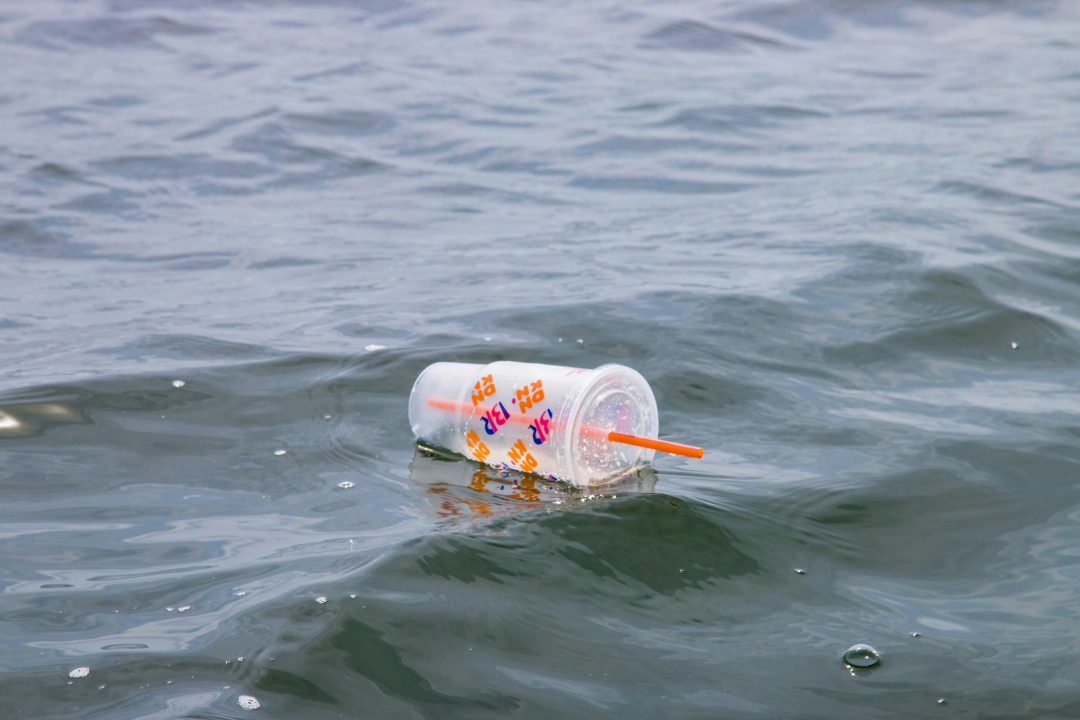
The Plastic Pathway Through the Planet — and the BodyEvery plastic fragment that enters a river begins a journey that doesn’t end in the ocean — it ends in us. Studies in Nature Geoscience (2024) reveal that micro- and nanoplastics migrate through river sediments into groundwater, drinking systems, and ultimately the bloodstream. Once circulating, these […]
Water, Immunity, and Inflammation — The Overlooked Link
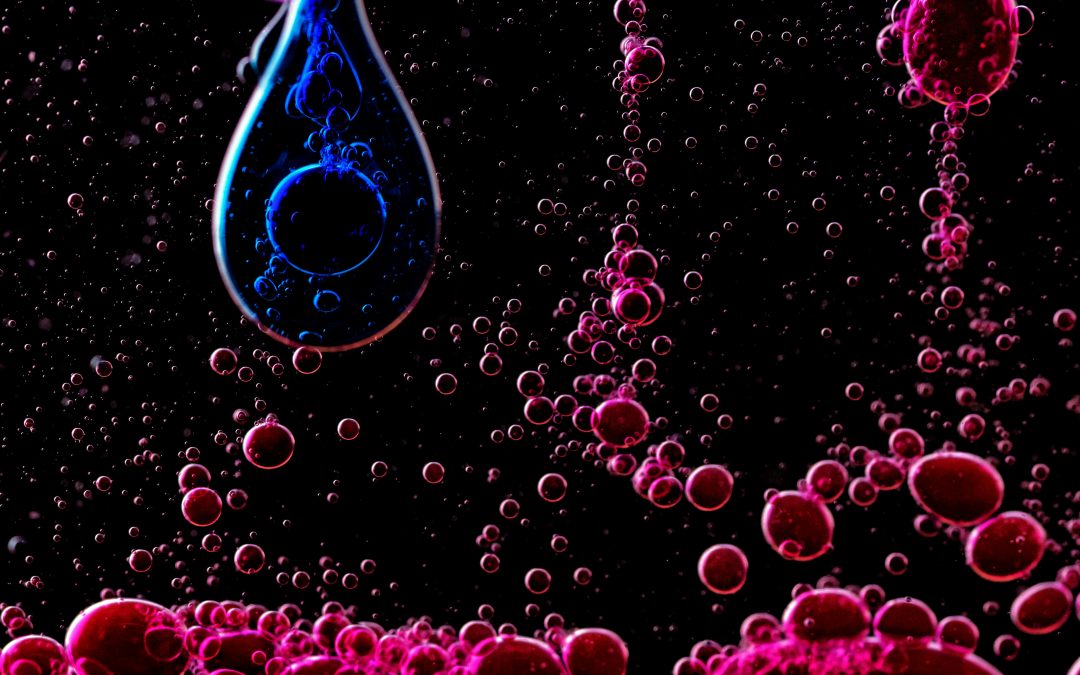
Your Immune System Starts with What You DrinkThe human immune system depends on the body’s ability to maintain internal balance — a process directly influenced by water quality. When drinking water carries microplastics, PFAS, heavy metals, or chlorine byproducts, these compounds can trigger low-grade inflammation and disrupt immune regulation (Frontiers in Immunology, 2024).Microplastics, in particular, […]
Plastic Pollution and the Gut-Brain Axis — New Clues from Microbiome Research
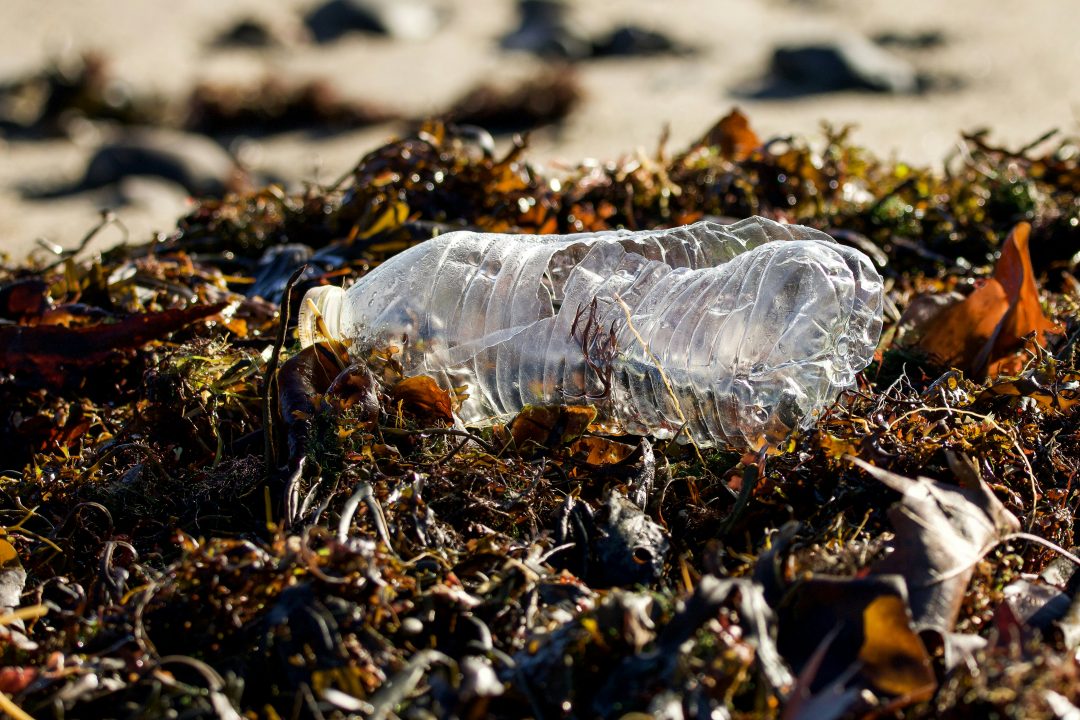
How Microplastics Disrupt the Body’s Communication NetworkThe gut and the brain are closely linked through a complex biochemical pathway known as the gut–brain axis. Recent studies (Nature Reviews Microbiology, 2024) reveal that micro- and nanoplastics can alter the gut microbiome — the community of beneficial bacteria that regulate digestion, mood, and immunity.When plastic particles enter […]
Endocrine Disruptors in Everyday Water — The Silent Hormonal Imbalance
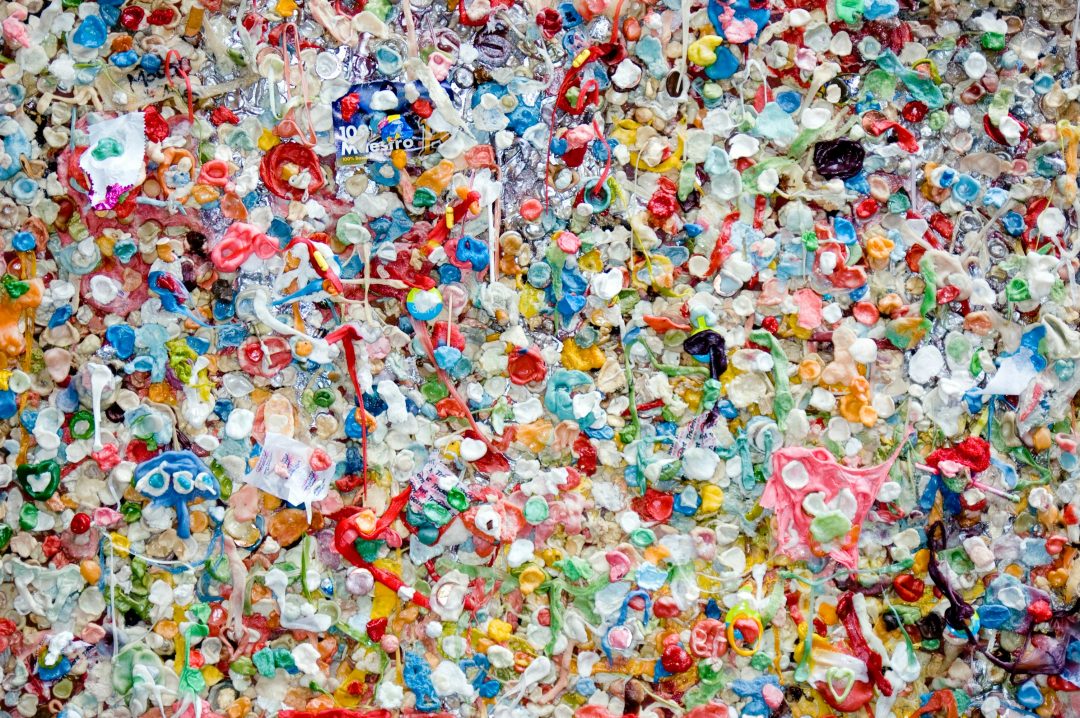
Invisible Chemicals, Measurable EffectsEndocrine disruptors are chemical compounds that interfere with the body’s hormonal system — even in trace amounts. Common examples include bisphenol A (BPA), phthalates, and PFAS, all of which have been detected in drinking water worldwide (Journal of Hazardous Materials, 2024). These substances mimic or block natural hormones, disrupting metabolism, fertility, and […]
How Nanoplastics Bypass the Body’s Natural Barriers (Lungs, Placenta, Brain)
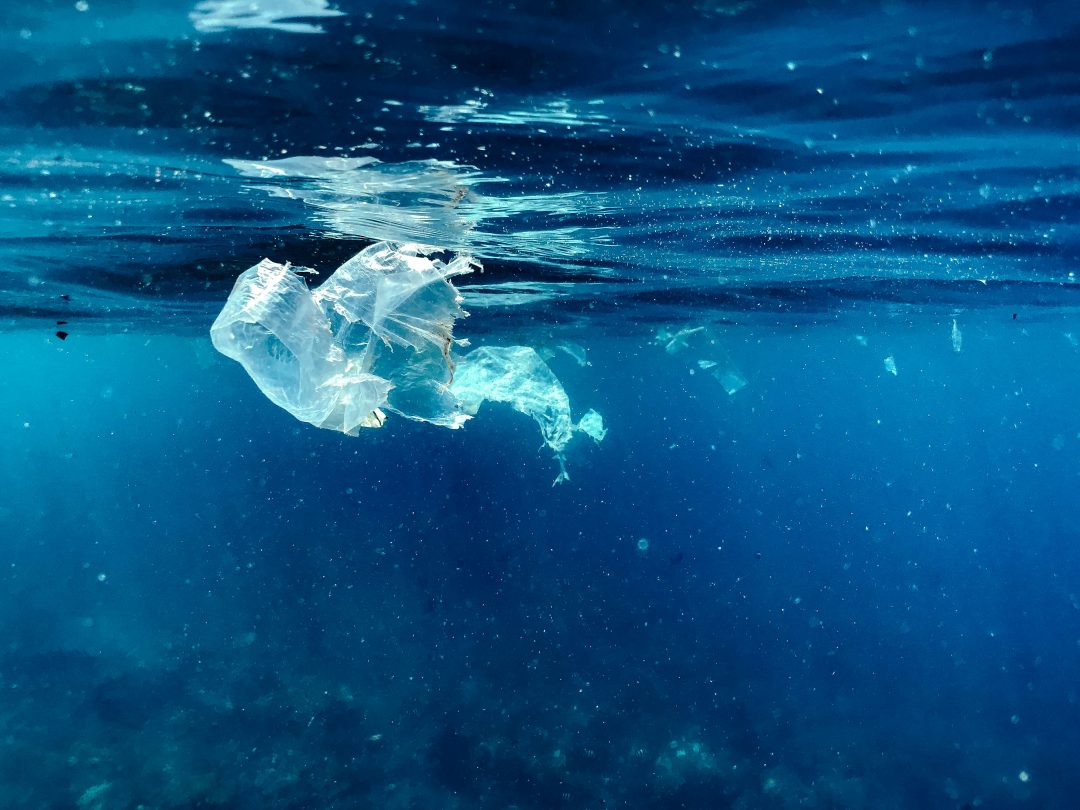
Crossing the Body’s Defenses The human body is built with barriers — the lungs, the placenta, and the blood–brain barrier — designed to block harmful particles. Yet nanoplastics, fragments smaller than 1 µm, are now proven to cross these protective walls.A 2024 study, Translocation of Nanoplastics Across Biological Barriers (Nature Nanotechnology), demonstrated that particles as […]
Global Water Crisis 2.0 – Plastic Pollution Beyond the Ocean

Microplastics act as carriers for heavy metals, PFAS, and endocrine disruptors, amplifying their toxicity.
Humans ingest tens of thousands to millions of particles annually through water and food, according to Estimating Human Consumption of Microplastics
There’s Plastic in Your Brain — And It’s Getting Worse
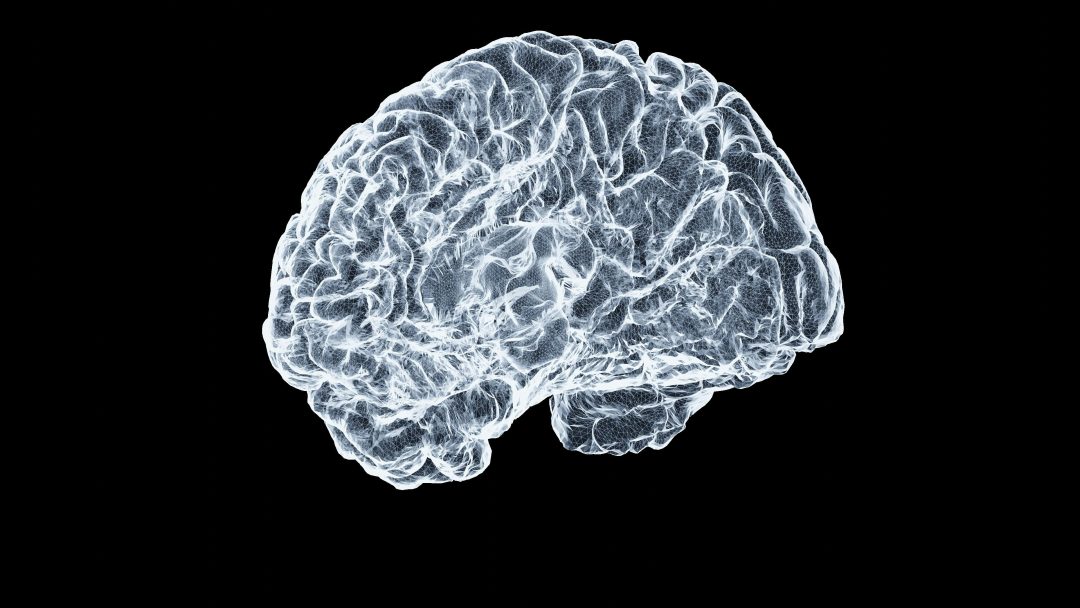
A 2025 study from the University of New Mexico Health Sciences revealed a disturbing finding: microplastics have been detected in human brain tissue, with concentrations 50 % higher than eight years ago and up to ten times more in individuals with dementia [Haederle, UNM HSC Newsroom, Feb 2025]. These micro- and nanoplastic particles, originating from packaging, household plumbing, and bottled water, are now confirmed to cross the blood–brain barrier—a protective boundary once thought to keep such pollutants out. Researchers identified plastic fragments as small as 200 nm, roughly twice the size of a virus, indicating that standard water treatment plants cannot fully remove microplastics from drinking water.
One Spoon of Plastic in Your Brain? Why This Is No Sci-Fi – And What You Can Do About It

Drinking water is essential to our health. But did you know that plastic particles are now being detected in the human brain? This shocking discovery is not science fiction – it’s science. How does plastic get into our body?
Plastic in Breast Milk – Are Infants Being Exposed from Birth?

Microplastics Detected in Breast Milk A shocking discovery has raised concerns about early-life exposure to plastic pollution. A 2022 study from the University of Rome found microplastics in breast milk samples from 75% of tested mothers. This means newborns, at their most vulnerable stage of development, may be ingesting plastic particles within their first months of life.
Plastic in Our Organs – Where Do Microplastics End Up?

Traces of Plastic in Vital Organs Scientists have now detected microplastics in the liver, kidneys, lungs, and even the heart. A 2022 study from the University of Arizona examined post-mortem tissue samples and found microplastics in every organ tested. This suggests that plastic exposure is not just a temporary issue—these particles may accumulate in the body over time.